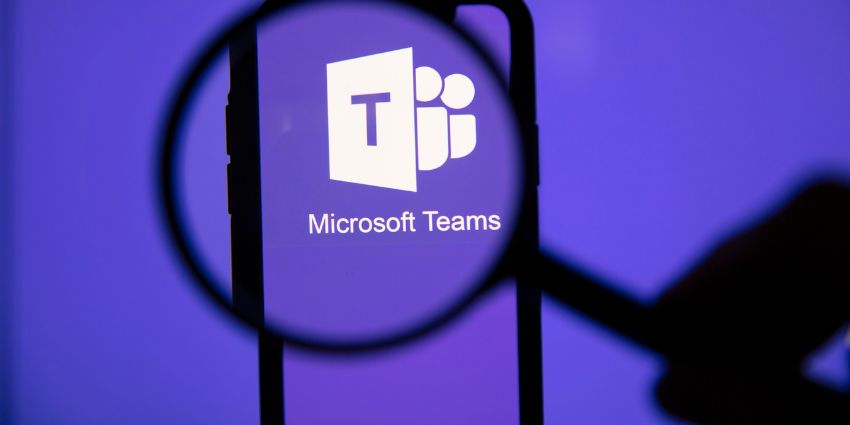As part of its regular updates, Microsoft has announced significant changes to the Teams search functionality.
According to the Microsoft 365 Roadmap page, the updates, due as early as August, could introduce SQL-like commands and dedicated meeting search capabilities.
The move is intended to help users gain greater control over their searches so they can access specific messages without endlessly scrolling through related conversations.
SQL-Like Search Features
These enhancements signal Microsoft’s recognition that search functionality is becoming increasingly critical as more important files and information are shared on UC platforms.
As part of these features, Microsoft is rolling out support for precise filtering commands, including the “from:”, “with:”, and “in:” operators, allowing users to filter messages, files, and conversations more accurately.
Additionally, a new meetings search feature will enable users to search by meeting name or participant, with the ability to join, RSVP, or view recaps directly from search results through a dedicated “Meetings” tab.
The Search Struggle: Teams Usability Crisis
These updates represent Microsoft’s response to longstanding user frustrations with Teams’ search performance.
Teams search has persistently frustrated enterprise users, with complaints ranging from poor contact discovery to inadequate message filtering.
The platform’s search limitations have become particularly apparent when compared to more intuitive systems like Slack’s search functionality.
Slack has long offered similar SQL-like search features. With Teams now adding comparable capabilities, this represents another step toward feature parity between the platforms.
Users often report having to enter complete email addresses to locate contacts, even for colleagues they interact with regularly.
The contact search problem highlights deeper usability issues within Teams’ search architecture. Users must navigate complex naming conventions, often guessing whether colleagues use dots, hyphens, or abbreviated forms in their email addresses.
This friction becomes even more problematic in large organizations where employees may have multiple surnames or diverse naming patterns that do not conform to Western conventions.
Beyond contact discovery, Teams’ message and file search has suffered from inconsistent indexing and poor result relevance. Users often struggle to locate specific conversations or documents, especially in busy channels with high message volumes.
The lack of advanced filtering options has forced users to scroll through extensive result lists, undermining the productivity gains modern collaboration platforms are supposed to deliver.
Teams’ Evolution in the UC Landscape
These search enhancements are part of Microsoft’s broader strategy to make Teams the central hub for organizational knowledge and communication.
By improving search functionality, Microsoft is addressing one of the key differentiators that has allowed competitors like Slack to maintain their market positions despite Teams’ aggressive bundling strategy.
With additional search features being added, including meeting search, Microsoft may soon start start addressing other issues reported by users, such as Copilot’s inability to retrieve information related to meetings.
As organizations become more distributed and asynchronous communication increases, search functionality is becoming critical infrastructure rather than merely a desirable feature.
Although the possibility of a delay remains, since the release timelines on the Roadmap page are tentative, the time efficiencies gained by these new features will more than make up for it.







